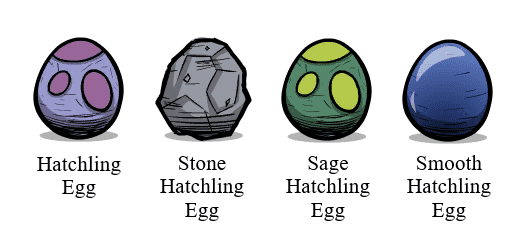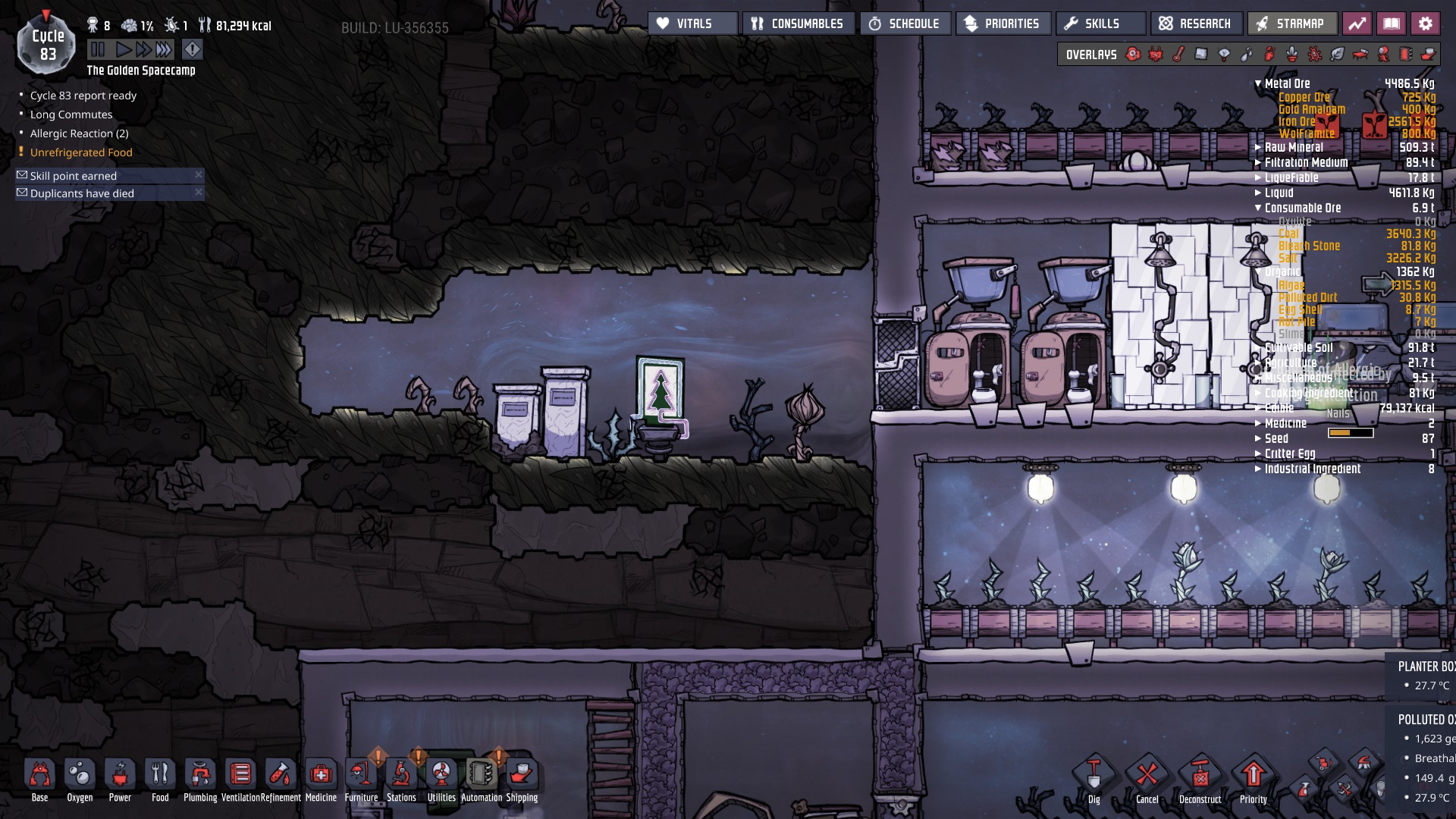
Residual content of carbon dioxide in the product is usually in the range of 0.1–2.0 mass percent, depending on customer application. When exiting the kiln through the lower end, the limestone has released its content of carbon dioxide and the majority of the material is calcined into calcium oxide. At the lower end, the fuel is fed into the kiln through a burner. When the limestone enters the kiln, it is dried and heated by the flue gases flowing in the opposite direction. The rotation is slow and the residence time is usually in the range of 5–10 h.

A small inclination of the kiln enables the material to move downward during rotation. The feed is usually a 10–40 mm fraction of the limestone produced in the quarry. Simplified illustration of conventional and oxyfuel rotary kiln technology for lime production. The lower setup shows the oxyfuel process with added air separation unit and flue gas recirculation are used for simulation cases in this work. The upper setup shows the conventional air-fired process used as a reference case in this work. A simplified illustration of a rotary kiln for lime production is presented in Figure 1. The calcination temperature is dependent on the partial pressure of carbon dioxide in the kiln. The calcination starts between 800☌ and 900☌ and the operational solid temperature usually reaches 1000–1200☌. One of the most common kiln types is the rotary kiln.Ĭalcination is an endothermic reaction requiring heat to evolve gaseous carbon dioxide from the calcite to form lime.

The limestone is quarried or mined, mechanically pretreated and delivered to the lime plant. The mineral calcite containing the calcium carbonates is the main component in naturally abundant limestone. Lime is produced by calcination of calcium carbonates in industrial kilns. The implications of all these changes, e.g., air separation unit, new piping, and fans for gas recirculation, are not discussed in this work.Ĭonventional lime production in rotary kilns Oxyfuel technology applied to lime production would cause several major changes to the lime plant. A generic model of a rotary kiln for lime production was validated against operational data and literature and used to examine different oxyfuel recirculation cases. A predicting simulation tool is used to model processes and calculate chemical compositions for different cases. The method used is based on multicomponent chemical equilibrium calculations to predict process conditions. Lime is used for environmental purposes, e.g., waste neutralization or flue gas desulphurization, and in industrial processes, e.g., for formation of metallurgical slags or for production of paper pigments. Limestone is an abundant natural raw material. Lime (calcium oxide, CaO) is produced by calcination of limestone, containing a high concentration of calcium carbonate (CaCO 3). This oxyfuel technology study involves combustion with pure oxygen and flue gas recirculation. Oxyfuel combustion is combustion of a fuel with pure oxygen or a mixture of oxygen, water, and carbon dioxide in contrast to conventional combustion which is done with air.

Aspects of interest are product quality, energy efficiency, stack gas composition, carbon dioxide emissions, and possible benefits related to carbon dioxide capture. It is the purpose of this article to study the impact of oxyfuel combustion applied to a rotary kiln- producing lime.

The main conclusion of this paper is that lime production with an oxyfuel process is feasible but still needs further study. Through some processing, the stack gas from the new process could be suitable for carbon dioxide transport and storage or utilization. The new process would operate at a lower specific energy consumption thus having also a reduced specific carbon dioxide emission per ton of product ratio. The results show that an oxyfuel process could produce a high-quality lime product. This predicting simulation tool is used to calculate chemical compositions for different recirculation cases. A generic model of a rotary kiln for lime production was validated against operational data and literature. The purpose of this article is to study the impact of oxyfuel combustion applied to a rotary kiln producing lime. Oxyfuel combustion in rotary kiln lime production


 0 kommentar(er)
0 kommentar(er)
